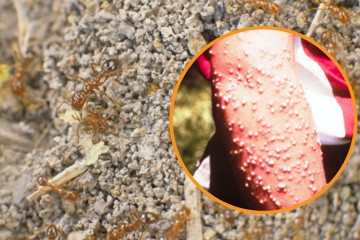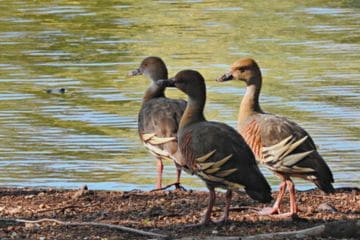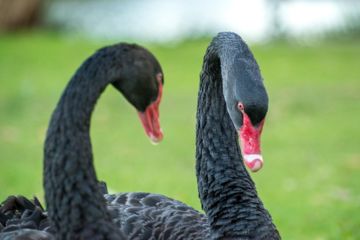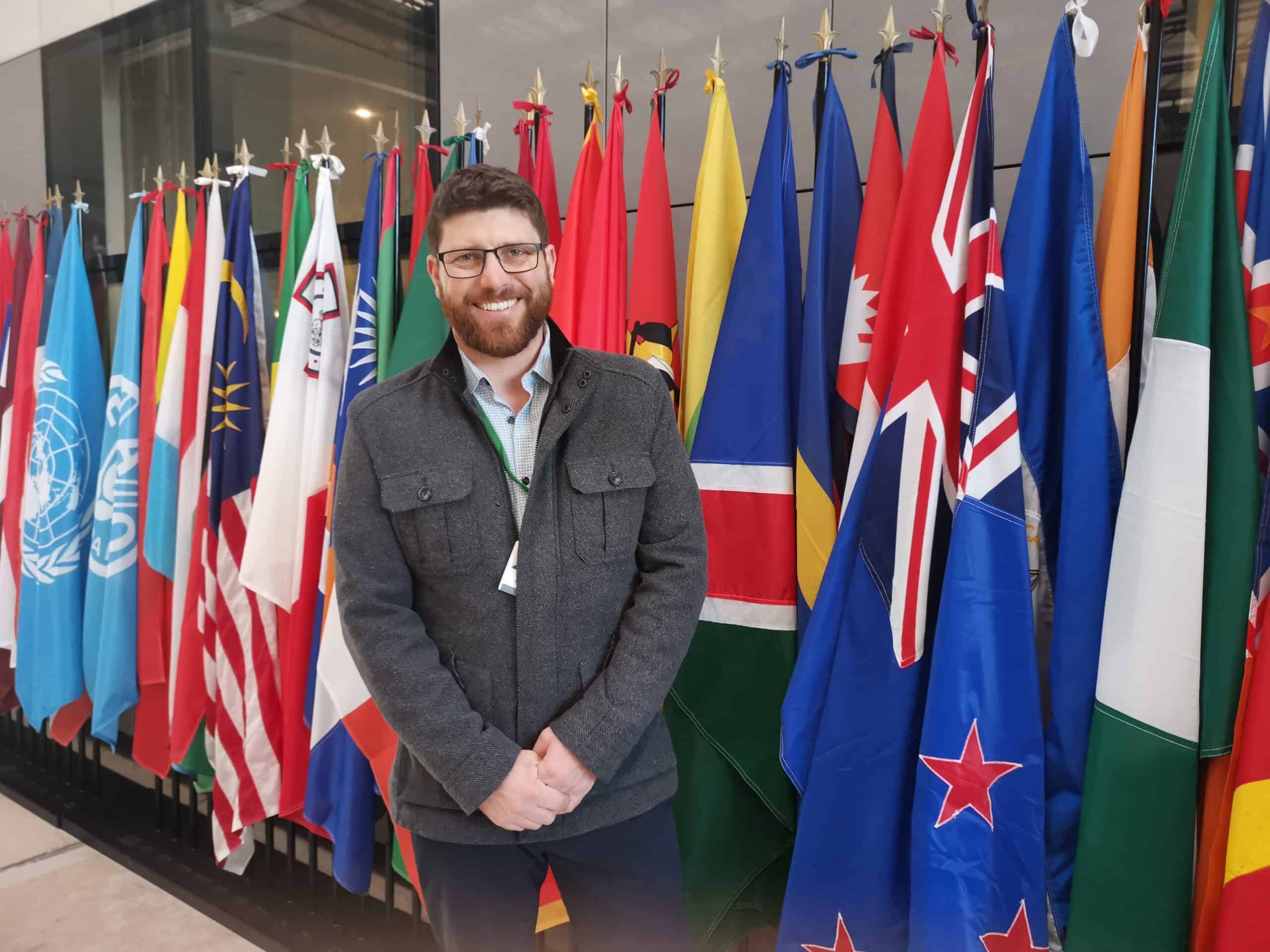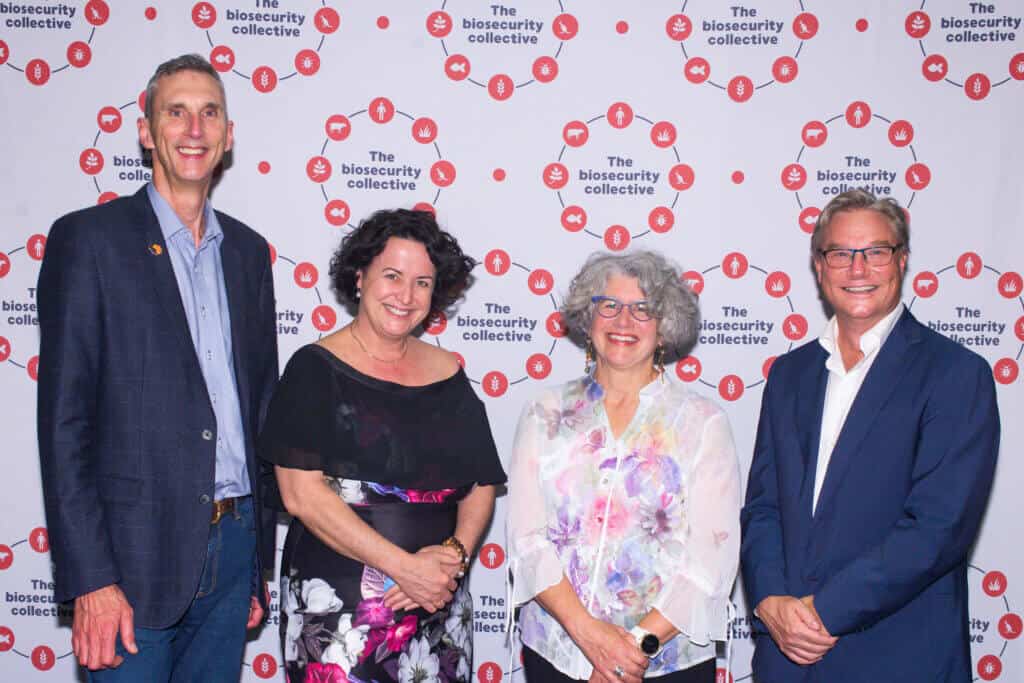
Alarm bells ringing: Analysis points to funding shortfall ahead of fire ant eradication decision tomorrow
Ahead of a crucial meeting of federal, state and territory agricultural ministers in Perth tomorrow, our analysis indicates ministers will agree to an underfunded fire ant eradication program.







